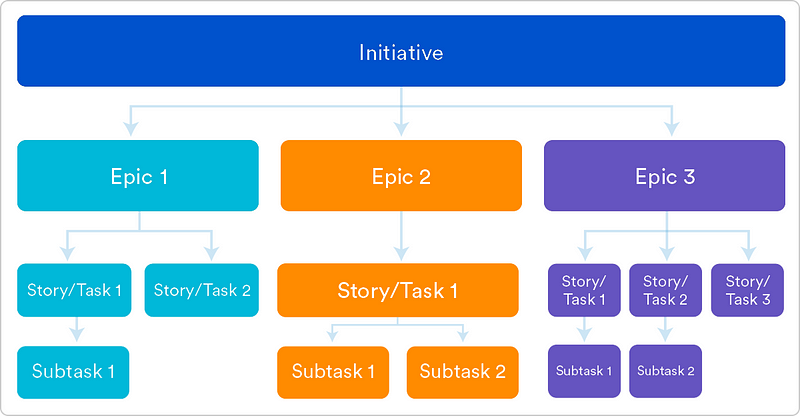Understanding User Stories and Epics in Agile Development
Written on
Chapter 1: Introduction to User Stories
User stories serve as concise, clear descriptions of a deliverable, narrated from the user's point of view. Crafting these stories enables the team to devise solutions that prioritize the user's needs and enhance their overall experience.
User stories can be likened to books or movies, where each individual story represents a single narrative while an epic encapsulates a series of interconnected, standalone stories. Each narrative conveys a specific sequence, while an epic provides an overarching view of the entire storyline.
User Stories in Agile
The core principle of every Scrum project, as well as Agile methodologies in general, is to prioritize the customer. The aim is to create a product that best fulfills the customer's requirements. User stories are crucial in this process, ensuring that customer satisfaction remains at the forefront. When drafting a user story, the team adopts the user's perspective. User stories not only clarify the user's objectives but also foster collaboration, ignite creative solutions, and build momentum by offering the team a sense of achievement with each completed story.
When formulating user stories, consider these key elements:
- Identify the User: Understand who will use the product and their characteristics. What is their connection to the project? What objectives do they wish to accomplish?
- Definition of Done: Define the criteria that must be met for a user story to be regarded as complete, such as building, testing, and deployment stages.
- Tasks: Outline the specific actions needed to finalize the story.
- Customer Feedback: If the user story pertains to an enhancement of an existing feature, incorporate any available customer feedback.
- Acceptance Criteria: Prepare in advance the tests or proofs needed to validate that a user story is complete.
Traits of an Effective User Story
A well-crafted user story should embody the following characteristics:
- Independence: Each story should have its own life cycle and not depend on other stories.
- Negotiability: In alignment with Agile principles, everything is open for discussion, and nothing is fixed.
- Value Delivery: Completing the user story should provide tangible value to the customer.
- Estimability: Each story should be understandable in terms of the effort required to complete it.
- Small Scope: User stories should fit within a planned Sprint, possibly allowing for multiple stories to be included.
- Testability: Stories must meet all established acceptance criteria to be deemed complete.
To illustrate, consider a collaboration project with a local restaurant aimed at streamlining kitchen orders. A common user story template is: "As a <user role>, I want <action> so that I can achieve <value>". For this scenario, a user story could be: "As a cook, I want to view orders sorted by table, enabling me to fulfill them in the order they are received."
Chapter 2: Understanding Epics
An epic's function is to organize related user stories. As Mike Cohn, the originator of the term "epic" within Scrum, describes, an epic is essentially a "very large user story" that cannot be completed in a single iteration and may need to be divided into smaller stories. The team should collaboratively decide on how to write and document their user stories and epics. Remember, epics serve as larger user stories that provide greater structure and organization to the project.
For instance, when generating user stories based on our earlier example, one might include a user story where waiters seek to submit orders directly from their tables, eliminating the need for frequent trips to the kitchen. This could be categorized under an epic titled "Order Management." Another user story might address waiters wanting to handle payments and track their earnings, which would belong to the "Payment Processing" epic.
By grouping user stories into relevant epics, teams can enhance clarity and organization.

It is essential to recognize that while the Product Owner best understands the customer's needs and the product, both the Product Owner and Developers can write user stories and epics. However, the Product Owner remains accountable for managing the Product Backlog.
Key Takeaway
Epics help manage broad, loosely-defined concepts, while user stories represent smaller, specific tasks derived directly from the end user or customer. Together, they ensure that teams focus on delivering value to the customer.
This video explains the fundamental aspects of Agile epics, user stories, and story points, providing insights into their roles in project management.
In this video, the concepts of epic and user stories in Agile development are further explored, emphasizing their importance in the Scrum framework.